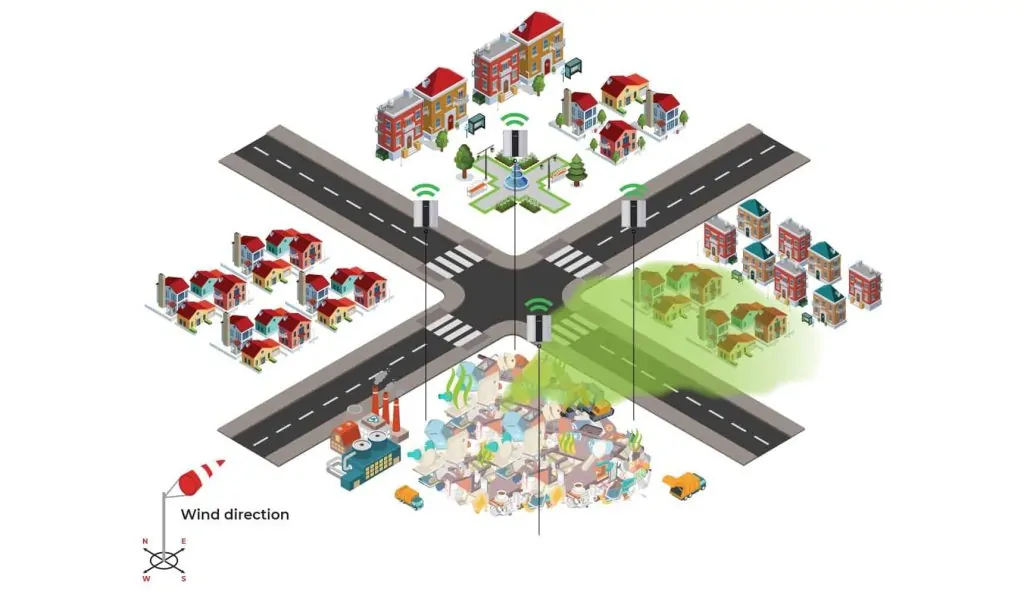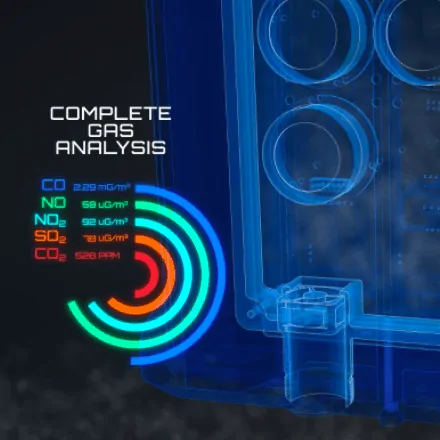Real-Time Odour Analysis & Complain Management

Real-Time Odour Analysis & Complain Management
Written By : Ayyan Karmakar and Ankur Mehta Published On September, 2020
Download Whitepaper
Odour is the perception of smell; it may range from being unpleasant (like the rotten smell of garbage) to pleasant (fragrance). Odours, pleasant or unpleasant; are produced by inhaling air-borne volatile organic and inorganic compounds. Generally, people do not perceive other common air pollutants, even if the exposure limit concentrations are exceeded.
The lack of odour analysis adds to that. On the contrary, odours can be perceived even at below-normal exposure limit concentrations. Although odour sensitivity differs from person to person, at sufficiently high concentrations, odorous compounds can have impacts on human health and well-being. If the offensive odour persists, it generally leads to headache, nausea, stress, anxiety, vomiting, sleep disorder, and behavioural changes. Moreover, the odour-generating pollutants also cause irritation to the eyes, respiratory tract, skin, bronchi, and lungs, and prolonged exposure can cause serious health issues. Due to its highly subjective nature, it is very difficult to measure odour in quantifiable units. Olfactometry is the method of odour analysis by converting human sensory signals of odour perception into measurable values.
The paper serves as a guide to understanding the fundamentals of odour and its nuisance. It describes how to effectively manage and resolve odour complaints in detail. With the help of this paper field observations for odour, assessments can be planned. It also explains the design and development of a real-time odour monitoring network to effectively identify odour sources. Real-time odour monitoring data generated by the network can be plotted on a map to understand the extent of odour nuisance, which helps carry out an odour impact assessment. Such networks can be effectively integrated with odour suppression systems and can be made fully automatic. Odour analysis and complaint management can be effectively ensured by installing such smart and optimized odour monitoring systems. This data-driven approach not only reduces odour nuisance but it also increases plant efficiency. Early detection of odour and leakage of harmful gases also significantly improve plant safety.




